A Quick Guide on How to Measure Your Product Labels
Share
Accurate labeling is crucial for your products. Whether you're designing labels for bottles, boxes, or bags, knowing how to measure them correctly ensures they fit perfectly and look professional. In this guide, we'll walk you through the steps to measure your product labels accurately.
Step 1: Gather Your Tools
Before you start measuring, make sure you have the following tools ready:
- Flexible measuring tape
- The product or packaging you want to label
- Clear adhesive tape (optional, for temporary marking)
Step 2: Measure the Label Area
1. Lay your product or packaging flat on a clean surface.
2. Use the measuring tape to measure the width and height of the area where you intend to place your label.
3. Write down these measurements. If you're worried about marking your product, you can use clear adhesive tape to mark the label area temporarily.
Step 3: Account for Bleed and Margins
For a professional look, it's essential to consider bleed and margins:
- Bleed: Add an extra 1/8 inch (3mm) to each side of your label design. This ensures that the ink or graphics extend beyond the label's edge, preventing any white borders after cutting.
- Margins: Leave a margin of at least 1/8 inch (3mm) on all sides of your label design. This space keeps your text and graphics from getting too close to the label's edge, enhancing readability and aesthetics.
Step 4: Check for Wraparound Labels (Optional)
If your label wraps around a cylindrical object (like a bottle), you'll need to measure the circumference of the product instead of just the width and height. Use a flexible measuring tape to determine the circumference accurately.
Step 5: Finalize Your Label Size
Add the bleed and margin measurements to the width and height you initially recorded. This will give you the final dimensions for your label. For wraparound labels, you'll have the label's height and the circumference for the width.
Accurate measurements are the foundation of well-designed product labels. By following these steps and considering bleed and margins, you'll create labels that fit perfectly and enhance the visual appeal of your products. Remember to double-check your measurements before finalizing your label design.
For more label design tips and expert advice, stay tuned to our blog!
Step 1: Gather Your Tools
Before you start measuring, make sure you have the following tools ready:
- Flexible measuring tape
- The product or packaging you want to label
- Clear adhesive tape (optional, for temporary marking)
Step 2: Measure the Label Area
1. Lay your product or packaging flat on a clean surface.
2. Use the measuring tape to measure the width and height of the area where you intend to place your label.
3. Write down these measurements. If you're worried about marking your product, you can use clear adhesive tape to mark the label area temporarily.
Step 3: Account for Bleed and Margins
For a professional look, it's essential to consider bleed and margins:
- Bleed: Add an extra 1/8 inch (3mm) to each side of your label design. This ensures that the ink or graphics extend beyond the label's edge, preventing any white borders after cutting.
- Margins: Leave a margin of at least 1/8 inch (3mm) on all sides of your label design. This space keeps your text and graphics from getting too close to the label's edge, enhancing readability and aesthetics.
Step 4: Check for Wraparound Labels (Optional)
If your label wraps around a cylindrical object (like a bottle), you'll need to measure the circumference of the product instead of just the width and height. Use a flexible measuring tape to determine the circumference accurately.
Step 5: Finalize Your Label Size
Add the bleed and margin measurements to the width and height you initially recorded. This will give you the final dimensions for your label. For wraparound labels, you'll have the label's height and the circumference for the width.
Accurate measurements are the foundation of well-designed product labels. By following these steps and considering bleed and margins, you'll create labels that fit perfectly and enhance the visual appeal of your products. Remember to double-check your measurements before finalizing your label design.
For more label design tips and expert advice, stay tuned to our blog!
